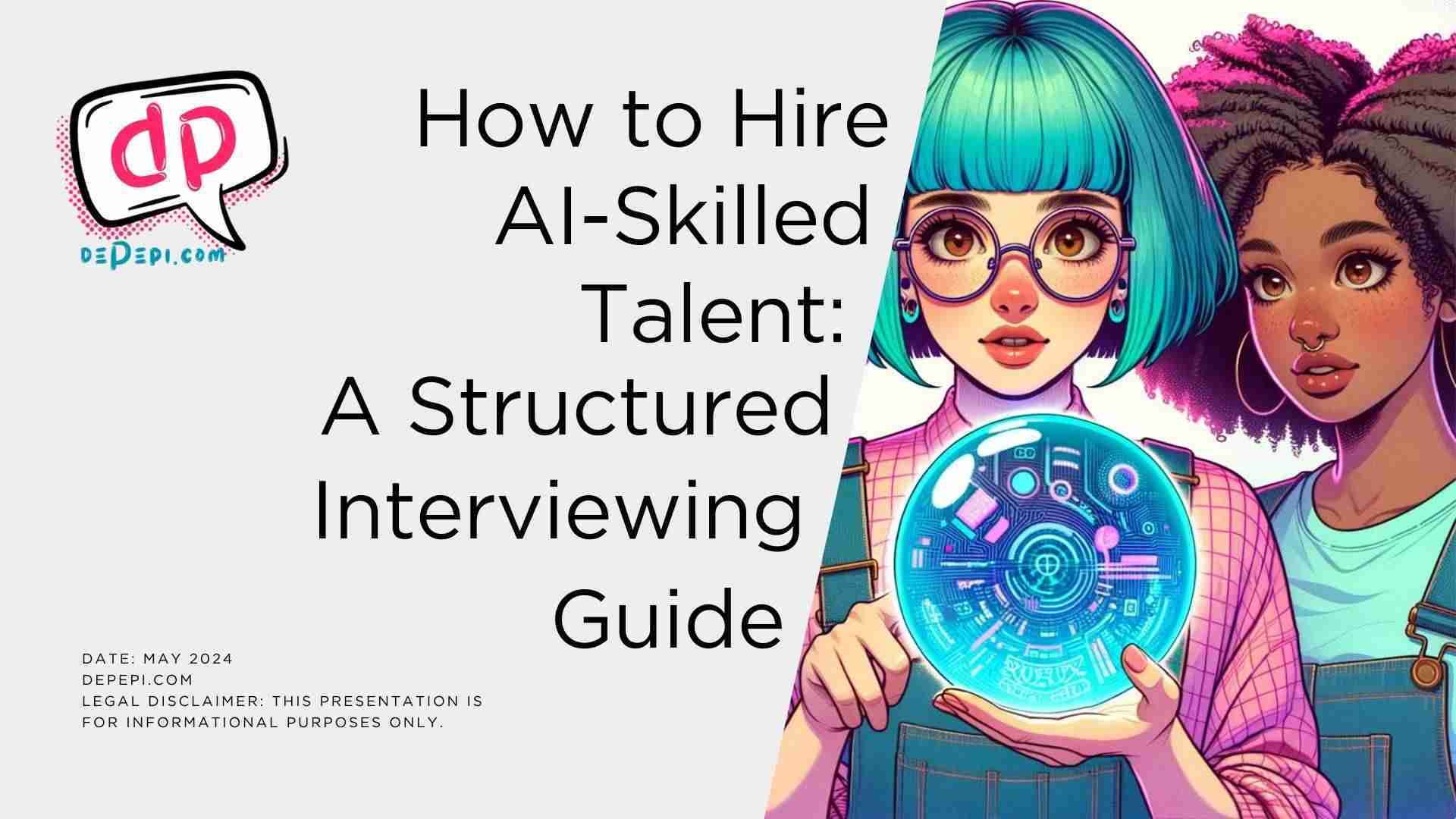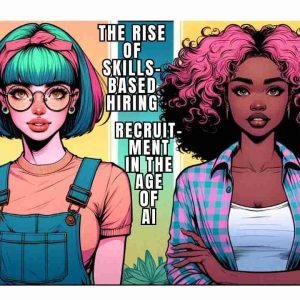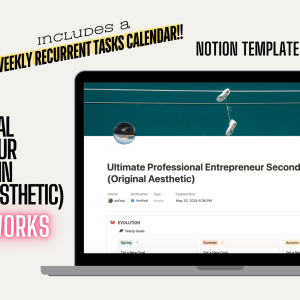How to Hire AI-Skilled Talent: A Structured Interviewing Guide

Do you know how to hire AI-skilled talent? Many entrepreneurs who start to hire now are a bit lost. Don’t worry! This guide will help you identify and hire individuals equipped with AI and soft skills.
A rigorous and structured approach to interviewing candidates is essential to ensuring the successful integration of AI within your organization. If you’re starting to hire and you haven’t done it before, this guide will allow you to set up a good praxis. Mitigate the risks associated with unstructured interviews and enhance the hiring process’s reliability and effectiveness.
Structured Interviewing for AI-Skilled Talent
Structured interviewing is a systematic approach that involves predefined questions and a consistent evaluation framework. It reduces biases and improves the accuracy of candidate assessments. This method is particularly crucial with AI, where the demand for skills that complement artificial intelligence capabilities is high.
Key Benefits of Structured Interviewing:
- Consistency: Ensures all candidates are assessed using the same criteria.
- Bias Reduction: Minimizes unconscious biases that can influence hiring decisions.
- Enhanced Reliability: Provides a more accurate assessment of a candidate’s abilities and fit for the role.
Step 1: Define the Ideal Candidate
The first step in implementing a structured interview process is to define what constitutes a good candidate clearly. This involves identifying the Key Success Factors (KSFs) necessary for the role, such as specific knowledge, skills, and abilities.
Example KSFs for AI-Ready Roles:
- Social Interaction Skills: Essential for collaborative tasks and teamwork.
- Creativity: Critical for problem-solving and innovation.
- Critical Thinking: Necessary for analyzing complex situations and making informed decisions.
- Curiosity: Drives continuous learning and adaptation to new technologies.
Creating a scoring rubric that aligns with these KSFs allows interviewers to objectively evaluate candidates on a scale from weak to strong, ensuring a fair and comprehensive assessment.
Step 2: Select the Appropriate Interview Techniques
Once the KSFs are defined, the next step is to choose the best interviewing techniques to evaluate each factor. The three primary techniques are:
- Experience-Based Interviews:
- Purpose: Assess past experiences related to the KSF.
- Example Question: “Can you describe a situation where you found a creative solution to a problem?”
- Scenario-Based Interviews:
- Purpose: Evaluate how candidates handle real-time business problems.
- Example Scenario: “You have a windowless room with three light bulbs outside the room. How can you determine which switch controls which bulb if you can only enter the room once?”
- Real-Time Skill Tests:
- Purpose: Test specific technical skills required for the role.
- Example Question: “How would you implement dropout in a TensorFlow model to prevent overfitting?”
Combining these techniques provides a holistic view of a candidate’s capabilities, ensuring they possess the necessary skills and attributes for the role.
Step 3: Develop a Comprehensive Interviewing Guide
The final step is to create an interviewing guide that includes questions for each KSF, matched to the chosen interviewing techniques. This guide should be well-organized, starting with experience-based questions, followed by scenario-based and skill-test questions.
Components of an Effective Interviewing Guide:
- KSFs and Corresponding Questions: Clearly listed and categorized.
- Rating Scale: Defined criteria for scoring candidate responses.
- Training for Interviewers: Ensures consistency in evaluating and rating candidates.
Example of an Interview Guide Structure:
- KSF: Negotiation Skills (Experience-based question example: “Describe a tough negotiation you had with a vendor.”)
- KSF: Python Programming (Real-Time skill test question example: “Write a short program in Python to sort a list of integers.”)
The Role of Virtual Interviews in AI-Ready Recruitment
In the current remote work environment, virtual interviews have become the norm. Research suggests that structured interviewing is even more beneficial in virtual settings, as it provides a clear framework and reduces the potential for miscommunication.
Advantages of Structured Virtual Interviews:
- Clarity: Clear guidelines and expectations for both interviewers and candidates.
- Consistency: Ensures a uniform assessment process regardless of the interview format.
- Reduced Bias: Mitigates biases that can be more pronounced in virtual interactions.
Download Your Guide Now!
Fill in your name and email to get access to our guide. It’s free! (By providing the information below, you’re subscribing to dePepi Times. Don’t worry! This one is sent once in a while!)
Keep Uskilling!
“You Lost Your Job. Now What? Surviving the AI Shift” provides a roadmap for those directly impacted by AI-related job disruptions. It also offers valuable insights for anyone looking to understand the future of work in an increasingly automated world. This book encourages readers to look beyond their immediate fears and to see AI as an opportunity to enhance their careers and workplaces.
If you need more guidance, get Enhance Your Resume With AI—The Guide now. It’s packed with prompting techniques and examples, best practices, and more!






